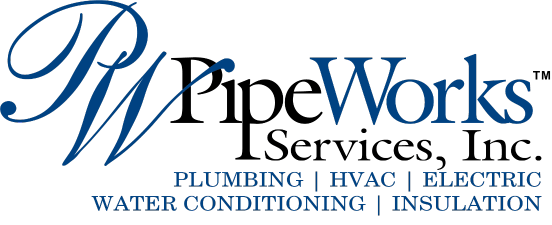That crawl space under your home was designed to keep moisture from building up beneath your floors and creating mold and mildew problems. Unfortunately, it ends up doing exactly the opposite, resulting in crawl space moisture issues.
The problem with a typical crawl space is that it was inadequately sealed and insulated. There may have been fiberglass batting placed against the ceiling to prevent heat transfer into the home, but that’s about it. The vents in the crawl space were designed to stay open all the time. This is the major design issue.
The warm, moist air moves into the cooler crawl space and condenses on concrete walls, floors, and the fiberglass batting. If there are wooden support beams in the space, they become moist as well, creating a perfect environment for mold and mildew growth. The fiberglass batting can sag over time and leave gaping holes in the insulation. If the floorboards above are not covered with a vapor barrier, they too may become moist and develop a mold and mildew problem.
If you have this type of crawl space, the first thing to do is pull out all of the compromised insulation. Once it is removed, the vents need to be covered. There are custom vent covers at most home improvement stores designed specifically for this purpose. A good sheet of plywood will also do the trick. Make sure to seal in place with caulk to create an airtight seal.
Next, insulate the walls and floor of the crawl space (not the ceiling). Place vapor barriers and use rigid board insulation to cover the area. This type of insulation is water resistant, unlike fiberglass and cellulose. Construction adhesive is the easiest way to install it in the cramped crawl space.
Make sure to fill the sill area and rim joists with expanding foam insulation to get into any cracks the foam board doesn’t cover.
For more information on preventing crawl space moisture, please contact us at Pipe Works Services. We’ve provided outstanding HVAC services for northern New Jersey homeowners for over 10 years.




